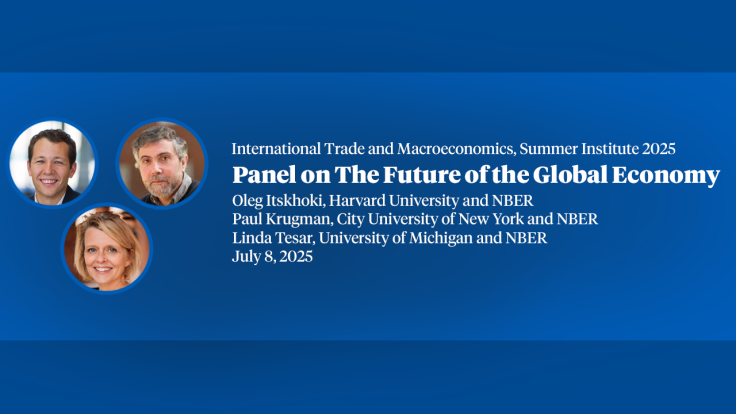Trademarks as Intellectual Property: Information Frictions, Firm Growth, and Competition
We investigate how firms and markets adapt to trademark protection, an extensively utilized but under-examined form of intellectual property (IP) protection that addresses asymmetric information, by exploring a quasi-natural historical experiment: China’s 1923 trademark law. Exploiting unique, newly digitized firm-employee, price, and advertising data from Shanghai, we show that the unexpected introduction of the trademark law significantly reduced information frictions and shaped firm growth and organization on opposite sides of trademark conflicts. Western firms that suffered from counterfeits reduced dependence on alternative communication channels and gained market share from Japanese counterparts who were most frequently accused of counterfeiting. The trademark law also fostered relationships between Western firms and domestic intermediaries, both within and beyond firm boundaries. The increased protection led to heterogeneous price responses and new varieties, demonstrating a coexistence of trademark protection and competitive markets. In contrast, previous institutional attempts to protect trademarks were broadly unsuccessful.
-
-
Copy CitationLaura Alfaro, Cathy Ge Bao, Maggie X. Chen, Junjie Hong, and Claudia Steinwender, "Trademarks as Intellectual Property: Information Frictions, Firm Growth, and Competition," NBER Working Paper 29721 (2022), https://doi.org/10.3386/w29721.Download Citation
-


